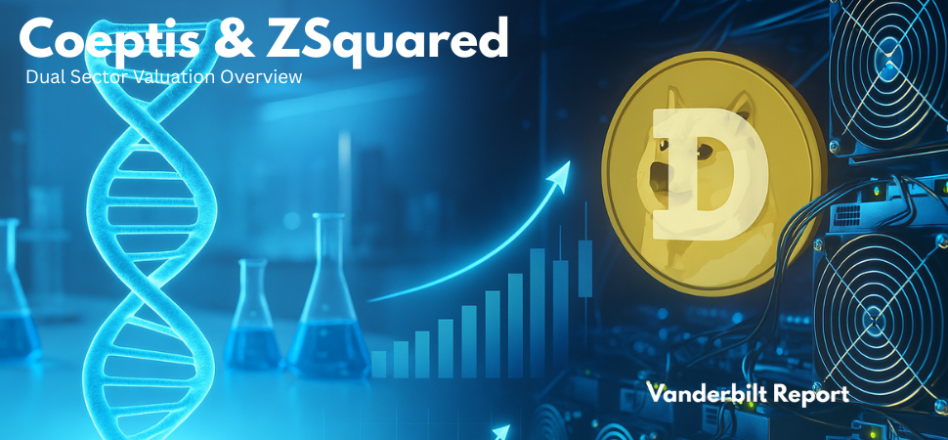Phishing remains the dominant attack vector for cybercriminals in 2025, evolving in sophistication with the rise of AI-generated, highly personalized scams that outpace traditional defenses. Attackers now harness advanced AI models to craft emails and messages tailored to individual recipients, mimicking a trusted sender’s tone and style, making these socially engineered attacks difficult to detect and block.
AI-powered phishing detection systems employ a combination of natural language processing (NLP), machine learning, and behavioral analytics to identify subtle linguistic cues, contextual anomalies, and patterns indicative of phishing attempts. These systems can analyze email headers, check domain reputations, scan URLs, and detect polymorphic malware attachments with remarkable accuracy, addressing threats that conventional filters miss. Real-time alerting and automatic quarantine enhance responsiveness, reducing the window of exposure.
One notable advancement is the use of contextual profiling, which monitors communication patterns specific to executives or high-value targets. When an email deviates from established norms—such as unusual requests for wire transfers or sensitive data—AI algorithms flag the anomaly for deeper inspection. This proactive approach mitigates business email compromise (BEC) attacks, which are major sources of financial loss.
Furthermore, AI-based platforms integrate phishing awareness training and simulations tailored to an organization’s threat landscape, increasing employee vigilance. Interactive modules help users recognize phishing red flags, while simulated phishing tests measure susceptibility, facilitating targeted education.
The dynamic nature of AI phishing threats requires continuous adaptation. Attackers use automated A/B testing and polymorphic techniques to alter message content and bypass static protections continually. Advanced detection solutions refresh their models with real-time threat intelligence, ensuring resilience against evolving tactics.
AI also extends defense beyond email to voice phishing (vishing), where deepfake technology synthesizes convincing executive voices to extract credentials, demonstrating the need for holistic, AI-augmented security approaches.
In summary, defending against socially engineered attacks in 2025 hinges on leveraging sophisticated AI detection systems combined with comprehensive user training. Organizations that adopt an AI-first security posture will better protect sensitive data, reduce incident response times, and maintain resilience against the ever-growing threat of AI-enhanced phishing.













